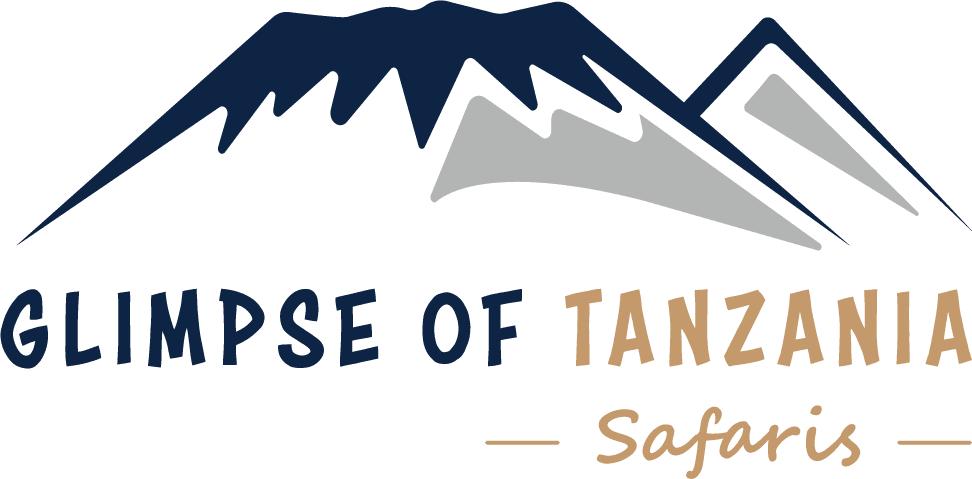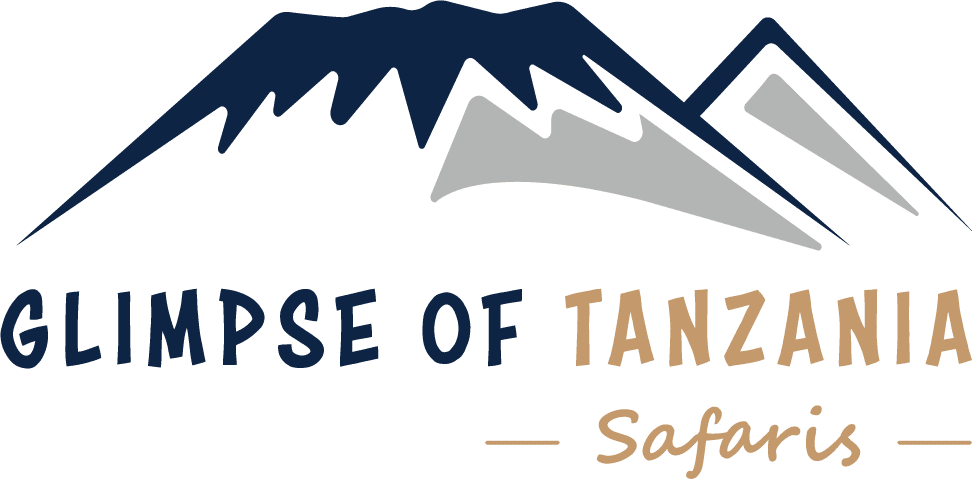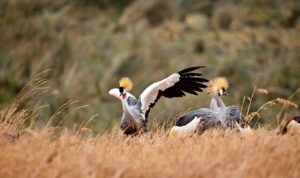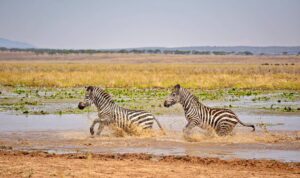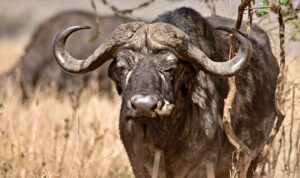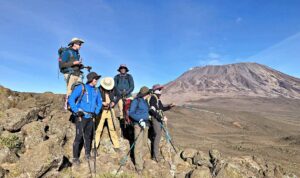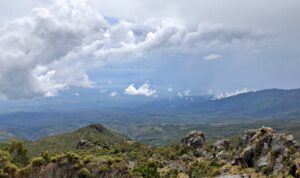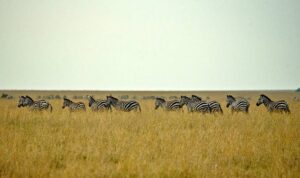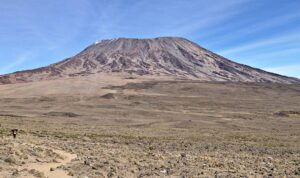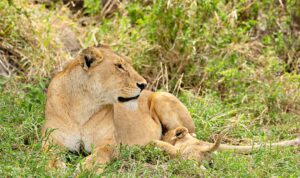OVERVIEW
The Park was first established as a game reserve in 1957 and thirteen years later became a national park in 1970. The name of the park is derived from the Tarangire river which crosses the park. The river is the main source of fresh water for wildlife in the park ecosystem. During the annual dry season, the river experiences a huge concentration of wild animals coming to get water from this streamed water body. It is also the best time for game-viewing and to witness the massive number of predators in the park.
WEATHER
The climate in Tarangire is temperate and pleasant. The wet seasons are from March to May. During this period the park experiences heavy rain-falls. The dry season is experienced from June to earlier October. However, from November to December the park experiences few rainfalls. It usually rains in the afternoon or during the night; it is very rare to experience rain the whole day.
The hottest months are from January to March and from October to December. During these periods the park experiences high temperatures. The coldest months are from April to September when the temperature is not too high.
The days are never too hot, while the evening and mornings are cooler. Therefore, during this period, warm clothes are also recommended for sunrise game drive safaris.
The vegetation in the park is a mixture of acacia woodland, other woods, and baobab trees; the vegetation is much greener during the rainy season. There is also lots of Elephant grass, breathtaking views of the African savannah grassland, and …
Continue readingVEGETATION
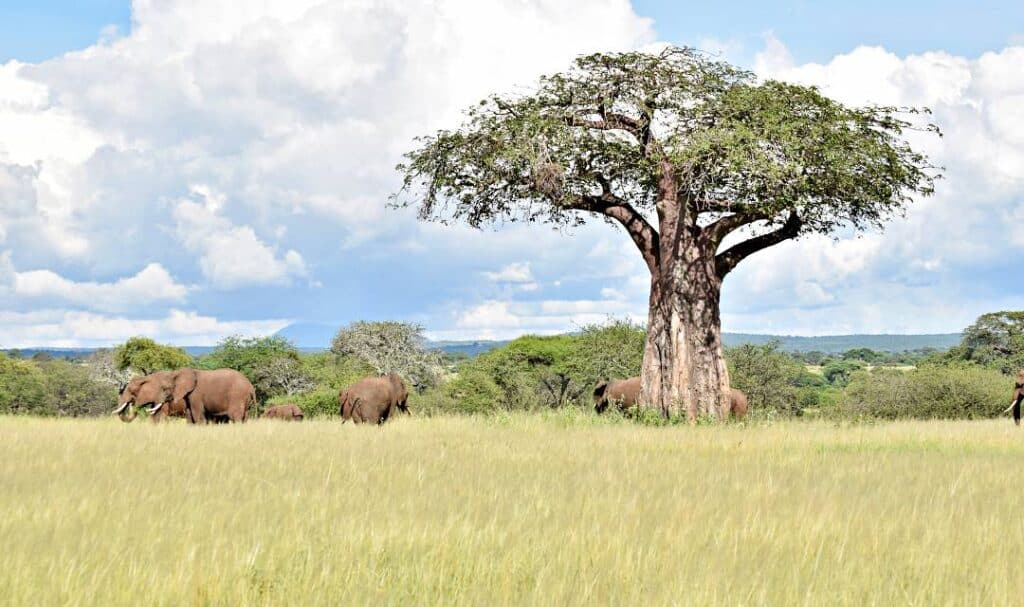
… mountainous vegetation can also be viewed in the southern part of the park. These vegetations make the game drive in the park a memorable wildlife experience for the African elephants as it is believed to be the home of large Elephants
ACTIVITIES
GAME DRIVE
During a game drive in the park, you will follow different routes like Lemiyon, western Lake Burunge, Kitibong hill, Gursi, and Lamarku routes which offer great views of wildlife species like elephants, zebras, giraffes, buffaloes, wildebeests, elands, impalas, greater and lesser kudus, warthogs among others which will be in their natural ecosystem and grazing in open grassland plains of this iconic park. Predators like lions, leopards, hyenas, wild dogs, and cheetahs among others might also be spotted during either morning game drive or late evening game drive.
BIRD WATCHING
The Park is a home to more than 550 bird species which makes it one of the best birding destinations in Tanzania. The bird species range from migratory birds, aquatic birds, and endemic birds. Bird watching in the park can be done during the game drive or nature walk with an experienced bird guide who will help you to spot different bird species like Rufous Tailed Weaver, Helmeted Guinea Fowl, White Bellied go-away bird, Yellow Collared
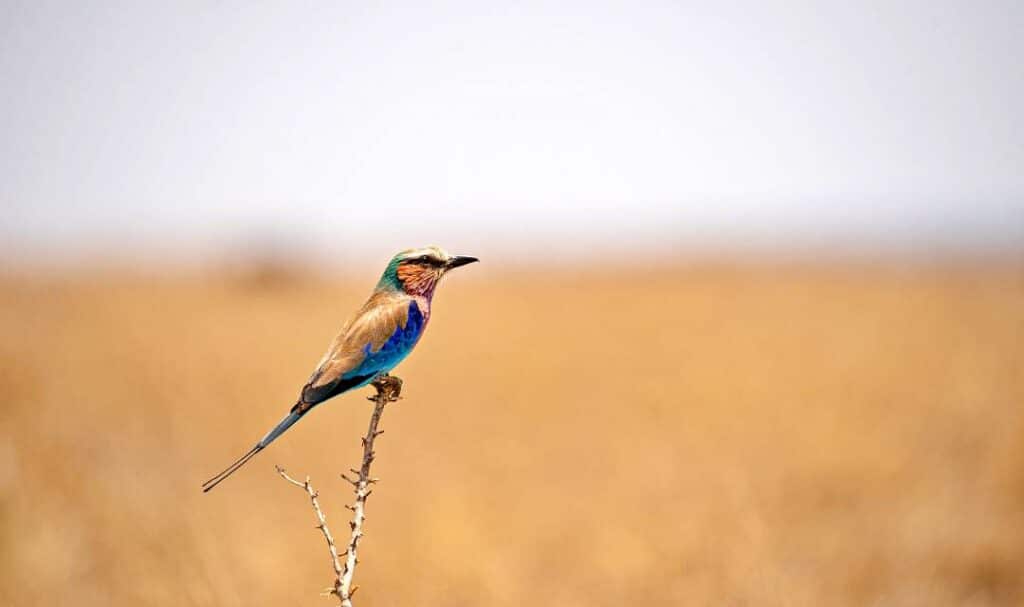
Lovebird, Ashy Starling, Bateleur Eagle, Tiny Pygmy Falcon, Giant Lappet Faced Vulture, Great White Pelican, Red-billed Teals, White Faced Whistling Duck, Red Bellied Parrot, Tawny Eagle, Red, and Yellow Barbet, Northern Pied Babbler, Ostrich, KoriBustard, African Grey Flycatcher, Slate-Colored Boubou.
NATURE WALK
A nature walk in the Park is a bewildering activity that gives you an opportunity to explore the park on foot and get closer to different wildlife species in their natural habitat. View bird species, and colorful butterflies, listen to the sweet sounds of bird species, breathe fresh air, enjoy the cool breeze and relax your mind.
During the nature walk, you will be accompanied by an experienced park guide and an armed park ranger who will protect you from dangerous animals. Nature walks in the park can either be done in the morning or evening.
CULTURAL TOUR
This is an interesting social activity where tourists get an opportunity to visit the local Maasai community. During the cultural tour, you will be able to interact with the Maasai people, visit their homesteads (Boma), learn about their history, culture, way of living, food, taboos, learn how to make crafts like baskets, mats, beads, enjoy their traditional performances like dances, buy craft souvenirs for those who are interested among others.
HOT AIR BALLOON
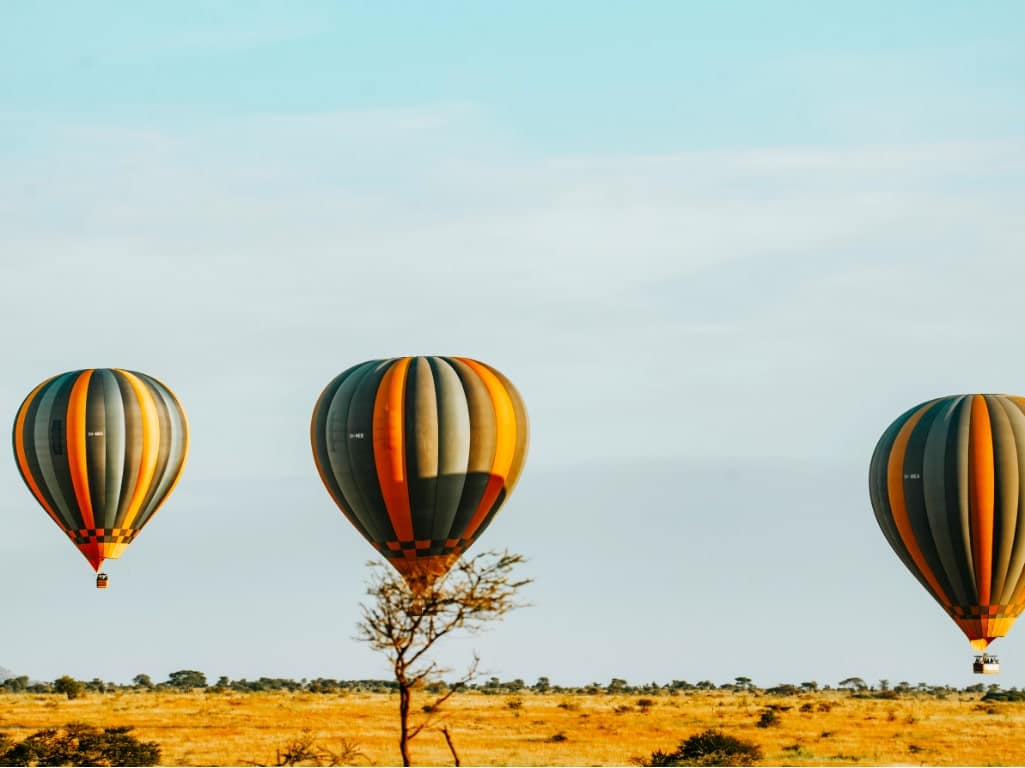
This is one of the best ways to explore the Tarangire from the sky. A hot air balloon in Tarangire is such a breathtaking and adventurous activity. I offer a clear view of the entire landscape of the park and river flow, exploring different species of wildlife as they graze on the most beautiful lands.
BEST TIME TO VISIT TARANGIRE
The park can be visited all year round. The best time is during the dry seasons also known as the peak season. The peak season is experienced in the months of June to October and December to February. During the dry season, there is little rainfall in the park, therefore, roads are easily accessible. Vegetation is also thin which provides the best spot for viewing wildlife. During this time most wildlife species gather around river Tarangire to drink water hence offering breathtaking wildlife views and also an opportunity to take incredible photos.
The park can also be visited in the wet season. The wet season is also referred to as the low season during the months of March to May and November because that’s the best time for bird watching when bird lovers will be able to spot colorful and migratory bird species from different parts of the world.
